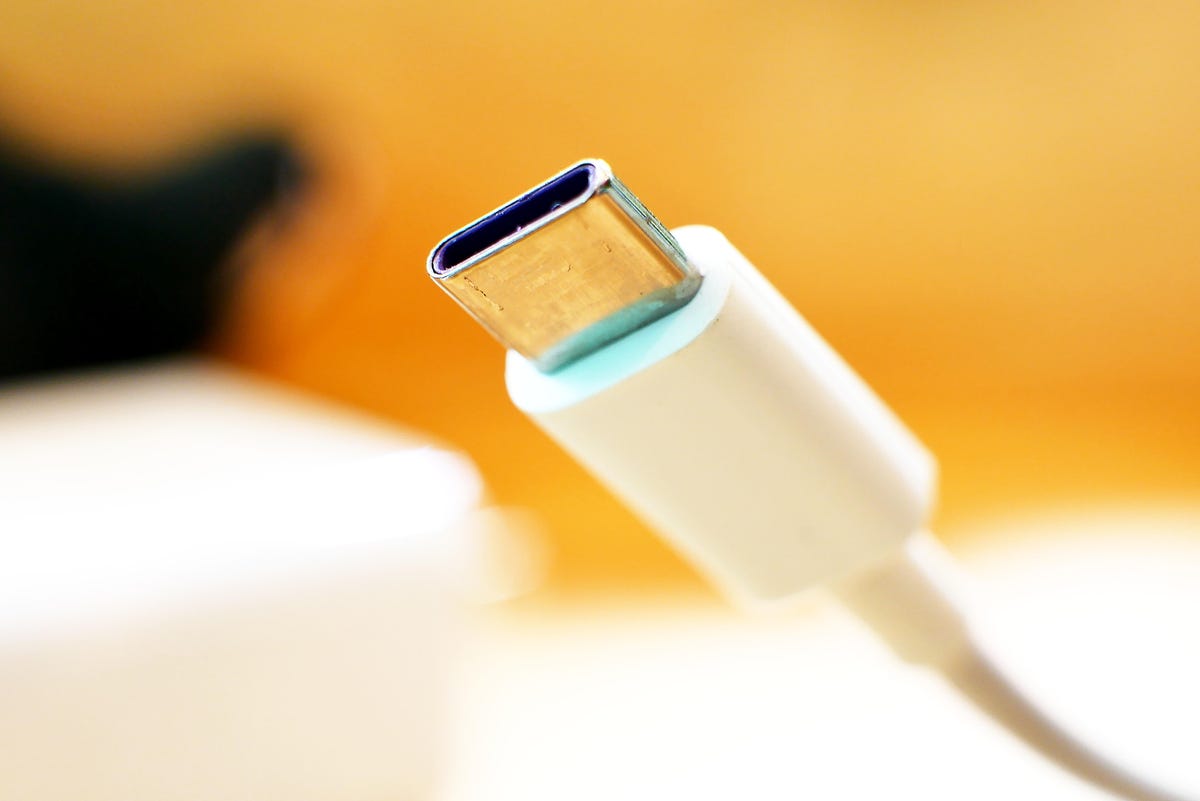iPhone will get USB-C charging as Apple says it will comply with EU law

Apple has confirmed that an iPhone with a USB-C connector is coming thanks to the European Union's new requirement that most devices, including smartphones, sold on the continent will have the standard port.
Greg Joswiak, Apple's SVP of marketing, told Wall Street Journal's Joanna Stern “obviously we'll have to comply” when asked about the common charger directive as approved by the EU Council earlier this week.
While Apple's MacBooks and iPads now all have USB-C connectors, the iPhone retained Apple's Lightning connector. Indeed, it's one of the only smartphone on the market that doesn't already have a USB-C port.
“We have no choice as we do around the world to comply to local laws but we think the approach would have been better environmentally and better for our customers to not have a government be so prescriptive,” said Joswiak.
Also: Apple's new iPhones will sparkle, but the magic lies in older models
Joswiak made the remarks on stage with Stern and Apple software VP Craig Federighi at WSJ's LiveTech conference.
However, he declined to say when Apple would introduce an iPhone with USB-C.
“Well, again, the Europeans are dictating the timing for European customers,” he said.
With EU ministers giving the final approval to the directive this week, it means the common USB-C charger will be required for all phones and other smaller devices sold in the EU from October 2024.
Apple releases new iPhones around September of each year, meaning it could ship an iPhone 15 with USB-C or defer it to the iPhone 16. Alternatively, it might only offer USB-C in Europe, or it could build an iPhone with only wireless charging for the world. Jan Stryjak, associate director at Counterpoint told ZDNet recently, he reckons Apple will make iPhones globally with USB-C ports.
When asked what was so good about the Lightning port, Joswiak said Lightning was “primarily about charging”.
“Well, it's a pretty good connector and over a billion people have it already – have the cables, what they need, have speakers with it that work, have all kinds of… an ecosystem that works with it. For most iPhone customers, not all, it's primarily about charging. Lighting charges pretty well,” he said.
Also: Best cheap 5G phone 2022: No need to pay flagship prices for quality devices
Apple has opposed the idea of a common charger for mobile devices long before the European Commission tabled the proposal in 2021 as a way to reduce e-waste. It agreed with the EU's environmental goals for a common USB-C, but argued it would harm consumers globally and stifle innovation.
“I don't mind governments telling us what they want to accomplish, but usually we have some pretty smart engineers to figure out the best ways to accomplish them, technically,” said Joswiak.
Joswiak cited Apple's fight with the EU over its 2009 push for smartphones to standardize on microUSB. But that was different to the EU's common charger directive today, both technically and legally.
At the time, 14 major phone brands, including Apple, signed a non-binding memorandum of understanding to standardize on microUSB. All major vendors except Apple moved to the standard. From a technical standpoint, back then the iPhone's 30-pin connector and its Lightning successor supported audio and video streaming, whereas micro-USB only supported data transfers and charging.
“We'd been in an argument over this one for well over 10 years,” said Joswiak. “And over 10 years ago, the push from the EU – look, they're well meaning, I get that they want to accomplish a good thing – was the microUSB and standardize as microUSB. If we had to standardize microUSB that chart doesn't exist,” he said, pointing to Stern's image of a Lightning connector next to a USB-C connector.

